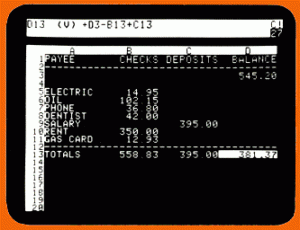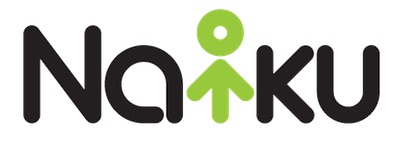 When a software company is trying to sell their product to a corporate manager, the salesperson will often say that the product will “save employee time.” The manager’s response is usually “Sure, but will my employees actually get more done because of your product?” The conventional wisdom is that minutes here and there do not actually add-up to any useful time savings.
When a software company is trying to sell their product to a corporate manager, the salesperson will often say that the product will “save employee time.” The manager’s response is usually “Sure, but will my employees actually get more done because of your product?” The conventional wisdom is that minutes here and there do not actually add-up to any useful time savings.
A process engineer would agree with management – largely because task-switching eats up most of the time saved. To really improve productivity, the engineer would recommend that the task is
- effectively eliminated, and/or
- replaced with one of higher value
In schools, there lots of tasks that would benefit from some automation. Important tasks – sometimes called the “jobs-to-be-done.”
Spreadsheets are the classic technology example. For decades, analysts and engineers of all types were forced to compute their data by hand – using the same formulas over-and-over (called “turning the numbers.”) When a small parameter would change, re-compute. By hand. Even with tools such as slide rulers, doing all of these calculations took hours.
Then spreadsheets came along, and suddenly the analyst could re-calculate everything in less than a second. Hand-calculating formulas as a task was eliminated. It was quickly replaced with a new task: analyzing the output and making decisions. The analysts without access to spreadsheet software were suddenly at a disadvantage.
Teachers hand-scoring assessments is a lot like an analyst “turning the numbers” with slide rulers. Providing a solution for teachers has been difficult because students didn’t have easy access to technology. (Indeed the analysts in the above example had the same problem – access to computers.) But students are gaining access to technology at an incredible rate – and when access to technology is no longer our blocker, the question becomes “which teachers get the spreadsheet software and which are stuck with slide rulers?”
…or rather, which teachers are stuck hand-scoring and which teachers get everything packaged-up as information so they can make instructional decisions?
This isn’t to say that the “right” to use paper or hand-score should be taken-away. Sometimes the best instructional insights are revealed this way!

